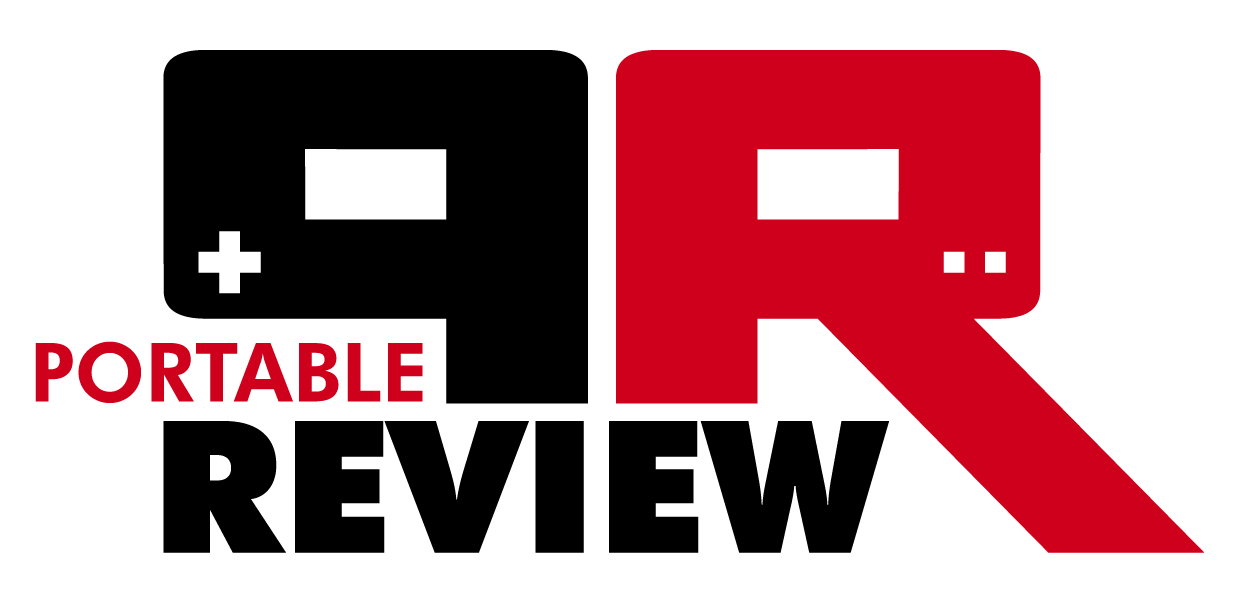
Ironcast
Ironcast is a turn-based strategy game that looks like a puzzle game on the surface. When I first got a glimpse of the game in action, it looked like a Puzzle Quest clone with a steampunk spin, but after playing the game, I came to realize that it has only aesthetics in common with that series. Originally launched on Kickstarter in the summer of 2014 by Dreadbit, Ironcast enlists the player as a pilot of a seven-meter tall walking tank called an ironcast. Only the most elite strategists are allowed to pilot these massive vehicles that are powered by a mysterious energy source called Voltite.
The story revolves around an alternate 1886 where the French and English have been at war for a decade. Both sides are equipped with their own Ironcast elites, but the Consortium of Merit has designed some advanced ironcast models to aid the English in ending this long-fought war. It should come as no surprise that the player takes the helm of one of these advanced units in an attempt to put an end to the French assault. For queen and country!
As I said before, the game looks like a generic match-3 type of puzzle game, similar to Puzzle Quest. After my first battle, I realized that it’s a different beast entirely. While you do have to match at least 3 of the same color icons, you’re going to be matching many more than that on most occasions. See, you draw a line, either straight or diagonal, to any same-colored icon. Each color represents one of your reserves. At the beginning of each encounter, your coolant meter (blue snowflake) is full. Matching purple bullets will fill your ammo reserves while orange lightning bolts will fill your energy reserves. Blue snowflakes, as stated before, will refill your coolant, and green wrenches will fill your repair meter. Every turn, you may make two matching moves and any number of attacks, repairs, or system activations that you have enough resources for. There are a few exceptions to the “match-3” minimum. Scrap (looks like gold bars) can be matched with as few as 2 of them. There are crates that you need to get in a few missions, commendations, overdrive nodes, and finally link nodes. Scrap is a sort of money you need to buy upgrades and repair your ironcast. Crates are just an item they use for “supply”. They can be collected with any other node color and you usually need to collect 8-12 of them in a set number of rounds. I’ll speak more about commendations a little later, but you want to collect these whenever you see them. Overdrive nodes can also be collected with any of the other nodes, and you can store up to 3 of them at a time. Overdrives empower the next system that you use after collecting them. Bullets do more damage or fire extra shots, shields get a huge boost, and drives get a much larger percentage chance to avoid damage entirely.
By default, attacks use 2 coolant and 3 ammo. Shields will absorb a certain amount of damage while drives will offer a small percentage of evasion. Both cost 3 energy and 2 coolant. By pressing the Y button, you can see how much damage your systems have taken. To repair a system, it costs 5 of your repair reserves. It’s a very simple system that takes a bit of time to master, but it’s loads of fun to do so.
Your ironcast has a certain amount of hit points at first level, but they go up as your level does. After a mission, there’s a chance you can earn enemy weapons, drives, and shields that you can equip your ironcast with. The campaign is fairly short, taking a few hours to finish, but since the game features permadeath, it may take longer than that to finish. Fret not, good soldier. There is hope. As with most rogue-like games, you can obtain things to make your next play through easier. After you finish your first play through, you will receive commendations (those things I mentioned earlier). This is a combination of your total scrap, experience, and collected commendations throughout the game. At the main menu, you are able to select Commendation Exchange where you can purchase new pilots, new ironcast units, new power-ups, and permanent enhancements such as extra experience for matches, an HP boost at first level, HP boosts at each level, and so on. These boosts are seemingly small, but they really do add up. I have gone through the game and collected nearly all of the boosts, and each time it became much easier, but never really ceased to be fun.
After the second play through, I found myself always going after the “Hard” missions as they would reward me more for finishing them, and I really didn’t care if I lost. I play this game in short bursts, but the addictive nature of making your ironcast better would easily get me to play for an hour or more at a time. I believe the game currently costs $14.99 on the Nintendo eShop, and I can’t praise it enough. If this sort of thing appeals to you like it does me, you’ve already waited too long to get your hands on it. If turn-based battles and pseudo-puzzle games aren’t your thing or if you can’t stand steampunk asthetics, just don’t pick this up; it’s not for you.
